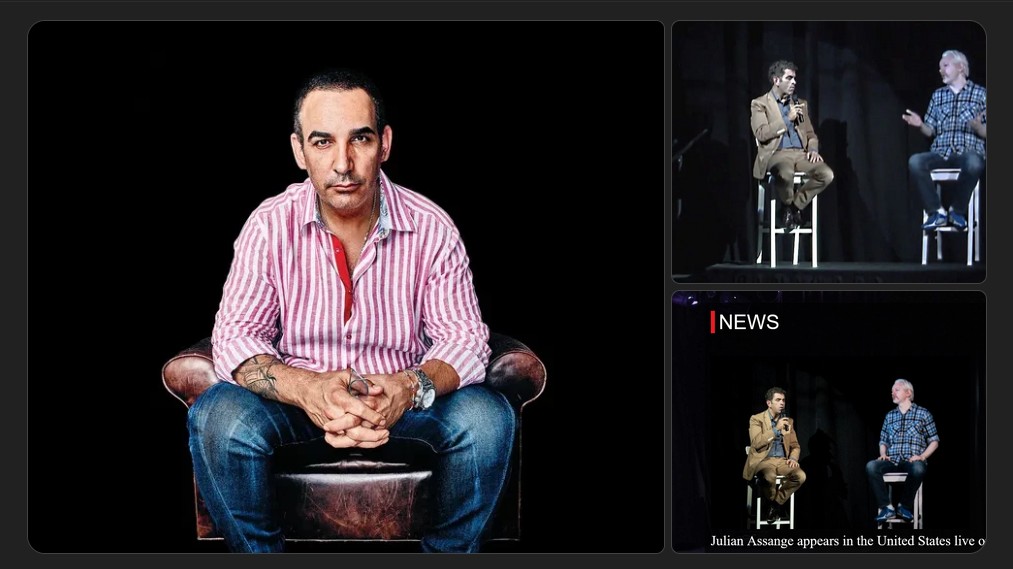In a shocking exposé, whistleblower Jaguar Wright unveils the insidious link between organized crime and the entertainment industry, highlighting how powerful figures have colluded to manipulate Hollywood behind a veneer of legitimacy. This intricate web spans major financial institutions and notable personalities, revealing a network rooted in exploitation and intimidation.
The genesis of this dark alliance traces back to a pivotal trip in January 1999 taken by civil rights attorney Gloria Allred to Italy. Allegations suggest this journey was orchestrated by Charles and Edgar Bronfman, heirs to the Seagram liquor empire, as a means of establishing a connection with Sicilian mafia boss Matteo Messina Denaro, informally known as Diabolik. At that time, Denaro was solidifying his control over the Cosa Nostra’s expansive criminal enterprises while the Bronfmans leveraged Deutsche Bank and Merrill Lynch to redirect shadowy funds into the American arms of Vivendi.
This collaboration enabled a potent meld between Mafia operations and Wall Street, eventually extending into Hollywood as well. Les Wexner, another influential figure, whose financial backing benefitted the notorious Jeffrey Epstein, played a critical role in leveraging child exploitation as a means of enforcing control across various sectors. Together, Wexner and Epstein constructed an entanglement that rendered anyone opposing the Bronfman-Denaro collaboration vulnerable to blackmail and silencing.
At the apex of this conglomerate was Sumner Redstone, a media titan whose control over Viacom, CBS, and Paramount provided a cloak of legitimacy to the syndicate's nefarious activities. His empire effectively converted illicit funds derived from Mafia activities into legitimate corporate value, effectively masking the criminal undertones of media giants via contracts and licensing.
Moreover, ensuring the protection of this underbelly was Anthony Pellicano, a private investigator and convicted felon known for his brute-force tactics aimed at stifling dissent and silencing critics. Pellicano's nefarious methods were instrumental in sustaining the silence surrounding the intricate dealings that tied Allred's trip, the Bronfmans, Denaro, and major financial banks together.
In a gripping account from Wright, the pipeline of crime is laid bare: illicit cash from Denaro converted to financial instruments through Deutsche Bank and Merrill Lynch, ostensibly legitimized by Vivendi’s acquisitions, and then shielded by Pellicano's enforcers. Wright asserts, “This isn’t just theoretical; it’s the blueprint of corruption—organized crime reimagined within Hollywood’s glimmering façade.”
The revelations further implicate Deutsche Bank and Merrill Lynch as inadvertent accomplices in laundering operations that spanned continents, turning organized crime income into marketable assets.
As Denaro dies in custody and Redstone passes on, the overarching structures remain entrenched, highlighting the endurance of monopolistic powers and their silencing apparatuses. Wright's testimony reveals the disturbing reality that Hollywood, often regarded as the dream factory, functioned as a shield for organized crime, trafficking, and extortion, cloaked in corporate and legal legitimacy.
In this uncovering of hidden machinations, one can ascertain that the mob never faded away; it adapted, donned suits, acquired studios, and enlisted lawyers, thereby continuing to influence the narratives and profits generated in the public sphere.




















